Teaching Sensory Language with Mentor Texts – Where Butterflies Grow
Where Butterflies Grow by Joanne Ryder is a wonderful spring-themed book filled with descriptive language and beautiful illustrations. It’s the perfect text for teaching visualizing and helping students explore sensory language. In this book, students are taken on a sensory journey through the life cycle of a butterfly. The author writes in the second person point of view, helping students to apply their senses and imagine what it’s like to be an actual caterpillar ready to turn into a butterfly… or what it’s like to be a butterfly who just flapped its wings for the first time.
Focus Skill
In my experience, Sensory Language is often challenging for younger students to understand and apply. I was greatly surprised when I did a lesson with my third grade students and they struggled with matching sensory words to each of the five senses. When given the sentence “The spicy tacos made me extremely thirsty.” the students were able to vaguely explain what it means for something to be spicy AND could identify that spicy connected to food, but they had a difficult time communicating that spicy appeals to the sense of taste.
This mentor text lesson focuses on the language that is associated with each of the five senses. Students will explore adjectives and verbs that connect to each of the senses and how sensory language in texts helps us better comprehend what we are reading. The goal is for students to be able to identify sensory words in a text and communicate which of the senses the words appeal to. (NOTE: This lesson does not dive into similes, metaphors, imagery, or other forms of sensory language.)
Before Reading
What is Sensory Language?
To kick off the lesson, you can activate students background knowledge by asking the following questions:
- Can you name your five senses?
- What do each of your five senses do?
- What parts of your body help you see, hear, taste, smell, and fell?
- How do the five senses help us?
- What are some things I can see, hear, taste, smell, and feel?
I would highly recommend creating an anchor chart that you can add to and refer to throughout the lesson. Record your shared background knowledge as you review what students already know about their five senses.
How Sensory Language Connects to the Five Senses
You can help students explore how sensory language connects to the five senses. Review what “language” is, and then build the analogy between the word “sense” and the word “sensory” (e.g., “If I know what sense means, then I can figure out what sensory language means.”).
You can help students identify the root word inside of the larger vocabulary word, and help them understand that sensory language is words or phrases that connect to the five senses and describe what we see, hear, taste, smell, and feel. Be sure to review what a verb and adjective are, as well, since you will be using those parts of speech words throughout the lesson.
Download this poster at the bottom of this post to help remind students of the definition of sensory language throughout the lesson. For those of you who use interactive notebooks or reading notebooks, this may be a nice reference to make into a half-sheet and glue into their notebooks.
Making Vocabulary Connections
Before moving on, it’s important for students to review the connections between the different vocabulary words for the sense of sight, hearing, and touch. You can add these to your anchor chart (see above). For example, we often use the words looks and sees when we describe the sense of sight. Having three different words connected to one sense can be confusing. Have students point to their different body parts as they complete the following chant: “I use my sense of ______________ to ______________ things with my ______________. Sensory language describes how it______________.” Students can refer to the following reference sheet and echo the sentences below while doing the motions. (The kinesthetic connection often helps builds deeper associations!)
- I use my sense of sight to see things with my eyes, and sensory language describes how it looks.
- I use my sense of hearing to hear things with my ears, and sensory language describes how something sounds.
- I use my sense of touch, to feel things with my hands, and sensory language describes how it feels.
(These are the same but you can review them anyway!)
- I use my sense of smell to smell things with my nose, and sensory language describes how something smells.
- I use my sense of taste to taste things with my mouth, and sensory language describes how something tastes.
The Purpose of Sensory Language
It is important to also review the purpose of sensory language. Start off by asking a few simple questions:
- Why do you think authors use sensory language?
- How does sensory language help me comprehend what I’m reading?
Guide their responses to the actual purpose, which is: Authors use sensory language to help readers make connections, visualize what they are reading, and “experience” things they may not have a chance to experience in real-life.
To help students better understand how authors do this, you can provide a few simple examples of sentences with and without sensory language for the students to compare (see below). Sight is the most utilized sense when authors are adding sensory details, so encourage students to really pay attention to how the other senses can be brought into writing.
- Examples:
- The bright green fish was swimming quickly through the sparkly, deep, blue ocean.
- The fuzzy, brown caterpillar crunched loudly as he ate the fresh, green leaf.
- Non-Examples:
- The fish was swimming through the ocean.
- The caterpillar ate the leaf.
With your support, students should hopefully develop a pre-reading understanding that sentences with sensory language will allow them to better visualize, imagine, and ultimately comprehend what is being described.
During Reading
For this lesson, students will stop and think about the sensory language the author uses throughout the text. Introduce the book, Where Butterflies Grow. Students can go on a picture walk and predict some the sensory language they may come across.
Possible Prediction Questions:
- What senses do you think the author wants you to use as you read about life cycle of the butterfly?
- How do you think the author will describe the life cycle of the butterfly?
- What specific sensory/describing words do you think the author will use?
- How will the author help you visualize or imagine what you are reading?
NOTE: Every page is filled with sensory words and phrases, so there will be no shortage of sentences to dissect and explore!
Sensory Language Guided Practice
Depending on the reading levels of your students, they may need help navigating the vocabulary and sensory language of this text. Although it’s a Guided Reading (F&P) level N, the book is filled with rich vocabulary, so you may need to guide students in using context clues to determine the meaning of these higher-level words.
If you’re working with students in a small group setting, you can use enlarged-text sentences from the book to help with the guided practice (see below). The sentences I used are the same ones from the graphic organizer and I put them in sheet protectors so I could use dry or wet erase markers with them. (You can also laminate them!) They are the same sentences that are listed on the scaffolded graphic organizer. You’ll notice that I like to color-code the different senses as I’m guiding students through the process. You can have your students do this for the graphic organizer, as well, if you want them to think about the sense before underlining. Otherwise, the students can underline first in pencil and then identify the sense using the context.
To determine which color to use when underlining each sensory word/phrase, I first use a think-aloud to model identifying the sensory language by looking for describing words (adjectives or verbs). Once I find the describing words, I model how to think through making connections between sensory language and the five senses.
For example, for the first sentence, I say that I know the word “soft” is a describing word and an adjective. I model using the fill-in-the-blank questions below to help determine that soft is a something I feel with my hands so it connects with the sense of touch.
Students plug in the sensory words and ask themselves:
- Is ____________ something I can smell with my nose?
- Is ____________ something I can taste with my tongue?
- Is ____________ something I can hear with my ears?
- Is ____________ something I can see with my eyes?
- Is ____________ something I can feel with my hands?
You may wish to guide the students through a few sentences and then let them work independently or in partners for the rest, or you can guide them through each sentence if you predict they will have a difficult time on their own. Students can fill out the graphic organizer as you complete each sentence together.
You may want to provide the sentence starter chart (below) as a helpful resource, as well. Students finish the sentence with the sensory word or phrase to see which makes sense.
 Lesson Differentiation
Lesson Differentiation
If your students are more advanced and you still wish to use this mentor text to introduce sensory language, just modify the lesson so that you’re providing less support. After modeling how to complete the graphic organizer, students can navigate the text on their own or with a partner. Instead of using the scaffolded graphic organizer with provided sentences, they can hunt for their own sensory language examples and can record the sentences using the blank graphic organizer. You can also just use one page of the scaffolded graphic organizer and place a blank copy on the back for the second half of the text. You decide what works best for your students!
After Reading
Independent Practice
For independent practice with identifying sensory language examples and connecting them to the five senses, students can reread the text independently and hunt for additional sensory language sentences. They can also read a new text at their independent reading level and hunt for sensory language. Students can use the blank graphic organizer for this independent portion of the lesson.
Sensory Language Word Sorts
To reinforce sensory language and how sensory words connect to the five senses, students can complete the sensory language word sort (click image below). Some of the words are from the text, but some are random. The sensory language in this book only really appeals to the sense of touch and sight (It does appeal to the sense of motion, but we’re not focusing on that for sensory language in this lesson, since it’s not one of the five senses!)
Here are a few tips & reminders for students:
- Sense of sight words are often colors, shapes, or describing the appearance of an object.
- Sense of hearing words are often verbs that mimic actual sounds (onomatopoeia).
- Sense of taste and smell words are often closely related (salty, fresh, burnt, etc.).
- Sense of touch words are often textures.
- Some words can be used for more than one category depending on the context (e.g., “soft” can be a touch word or a sound word).
This sensory language word sort can be used to practice making sensory language connections at home for homework, or even in an independent literacy center. You can laminate for students to sort again and again, or you can make individual copies for each student to cut and glue down into their reading notebooks or on a piece of construction paper.
Let’s Reflect!
After completing the mentor text lesson, students can ask themselves the following questions:
- How will sensory language help me as a reader?
- How will sensory language help me as a writer?
- Why is it important for me to use sensory language when I’m writing?
- How will I use sensory language when I’m reading and writing independently?
The idea is for students to start thinking about how sensory language translates to their own writing.
Lesson Extension
Writing with Sensory Language
When working with literacy skills, it’s important to make connections and bridge the skills across reading and writing. Students can extend their learning to start adding sensory details to their writing. Students can work toward using sensory language to enhance their writing and help their writing audience visualize and experience what they’re writing about, similar to Where Butterflies Grow.
Need an idea for getting started? Ask students brainstorm sensory sentences for a specific object. They can pick their own or you can provide them with a spring-themed object to describe (i.e., flower, bumblebee, umbrella, etc.). Students should think beyond the sense of sight and challenge themselves to bring in all five senses to include a full sensory experience in their writing pieces. Use thematic webs for brainstorming and provide graphic organizers to help them through the writing process.
Descriptive Writing Unit
This lesson is also a nice segue into a descriptive writing unit where students learn to apply imagery, figurative language (i.e., similes, metaphors, etc.) and descriptive details in their writing. The sensory language activities from this lesson provide a strong foundation for later descriptive writing mini-lessons.
Lesson Resources
Be sure to check out the companion resources for Where Butterflies Grow, and scoop up the print-and-go materials for your next guided reading lesson!
FREE Sensory Language Posters
Grab this set of FREE sensory language posters and materials by completing the form below! The FREE resource includes a poster for what sensory language is, guiding questions, sentence starters, and a fun chant that you can use with your students.

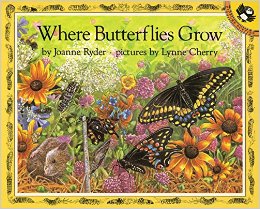
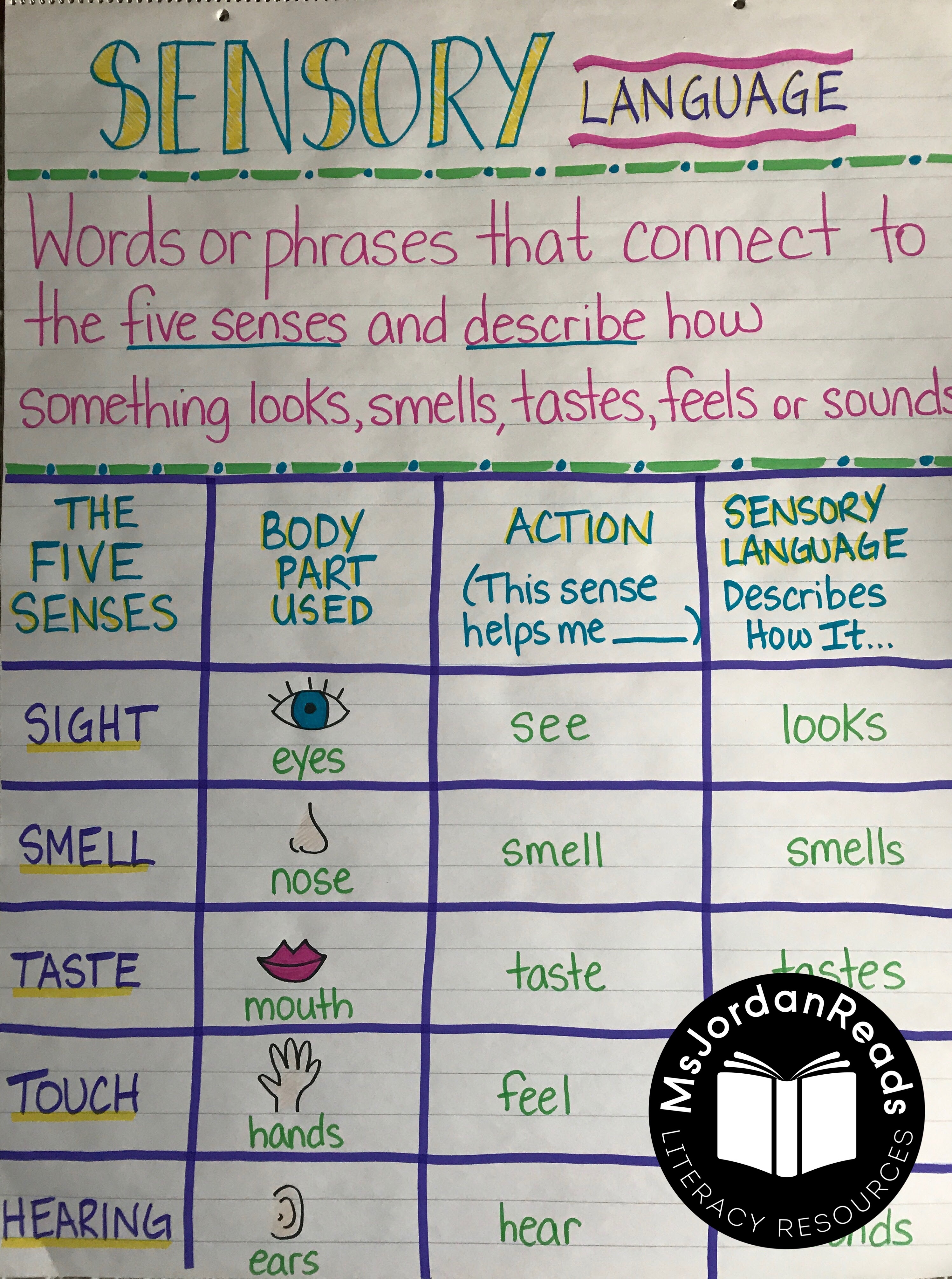



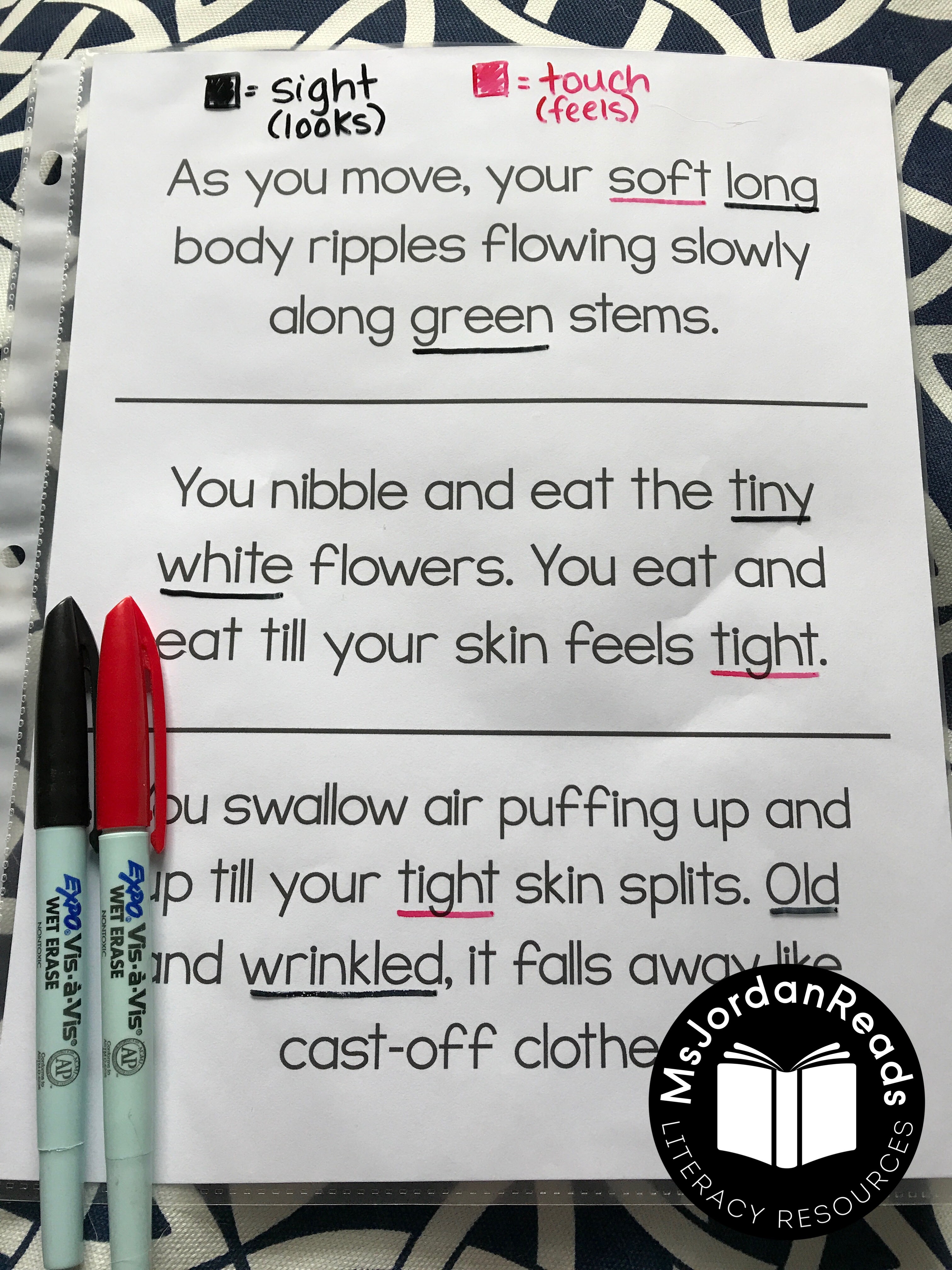


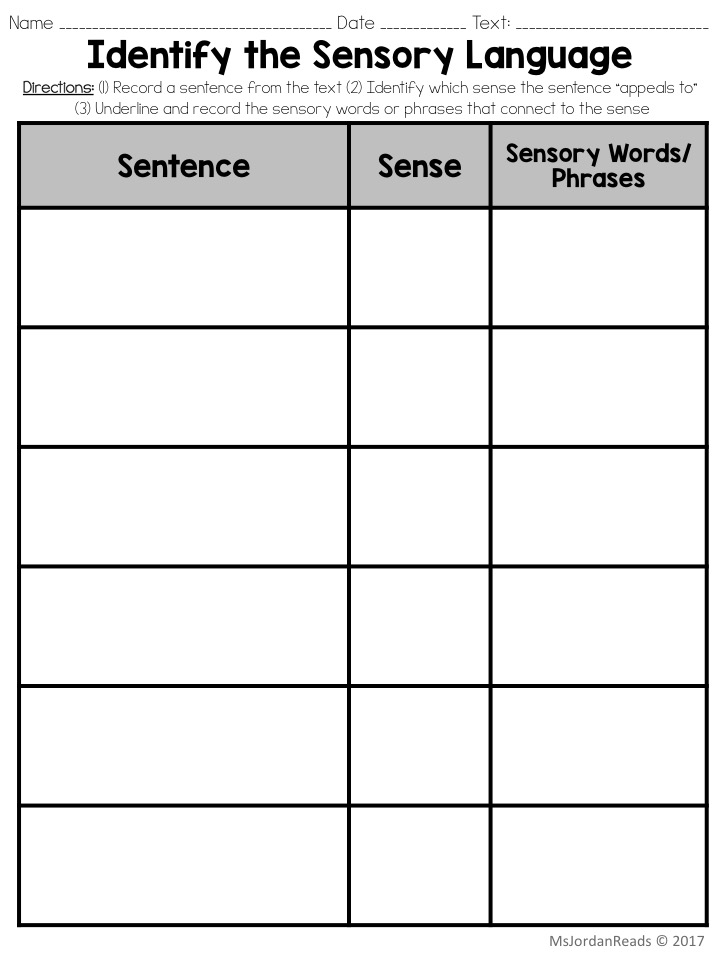
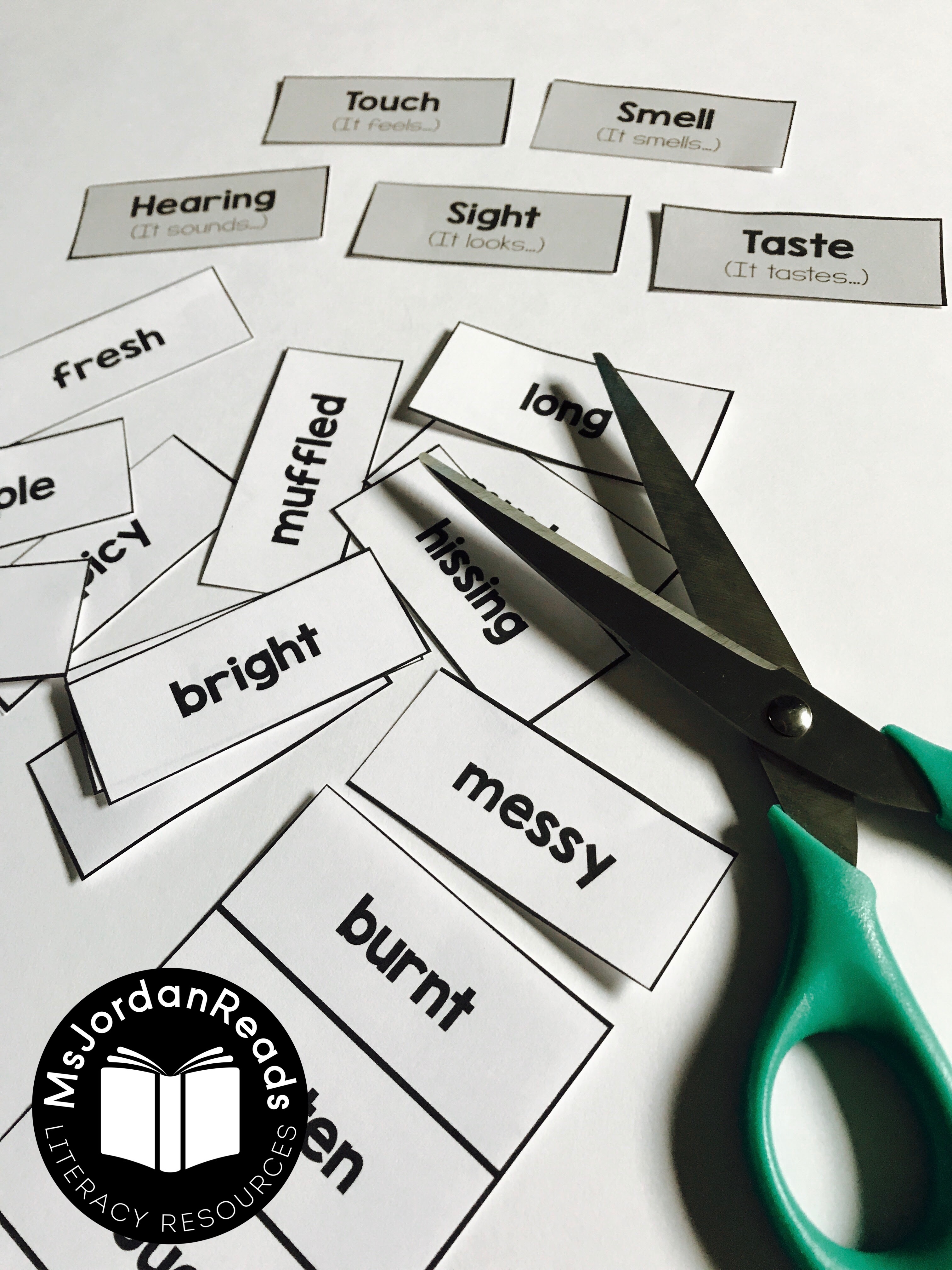
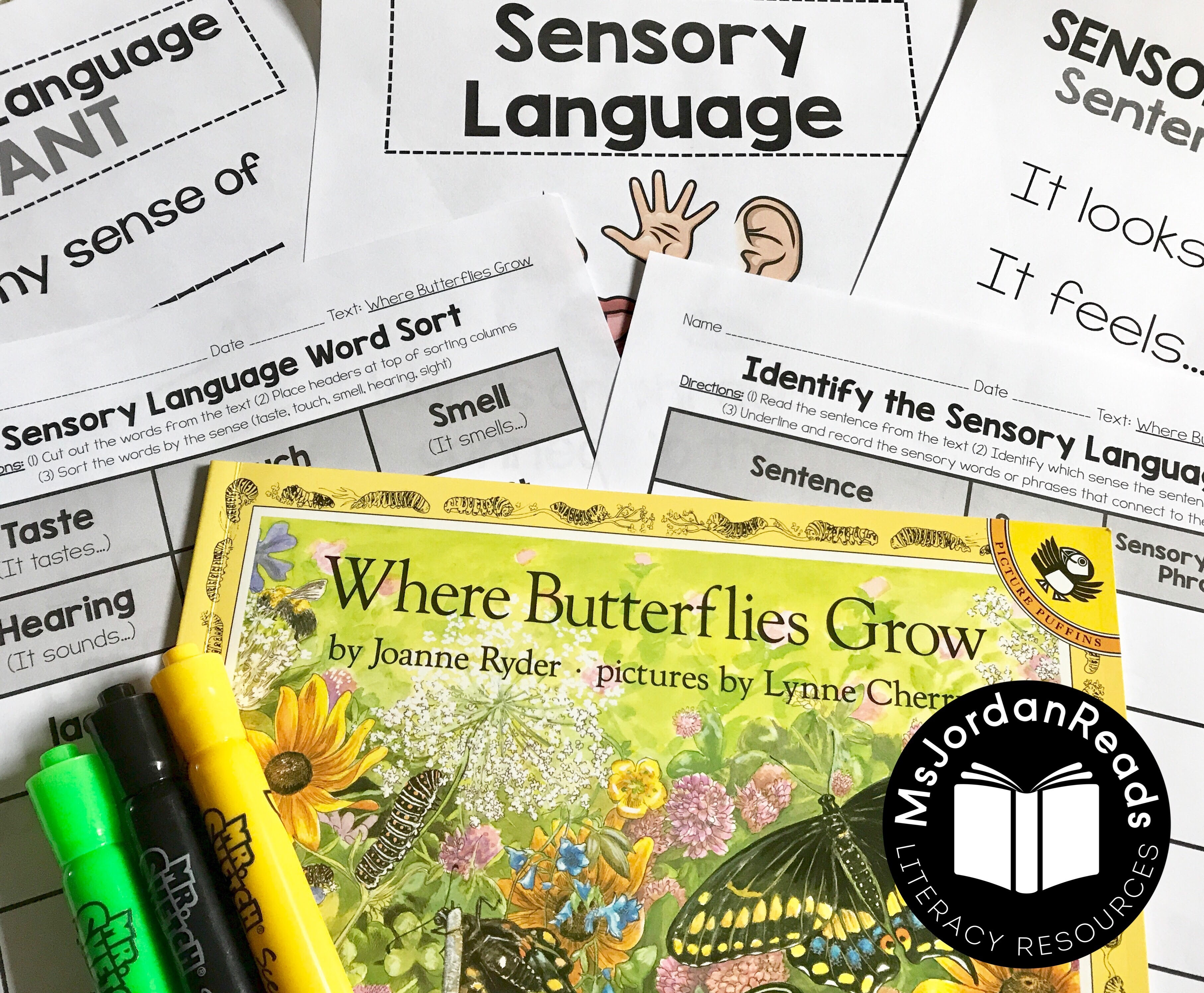
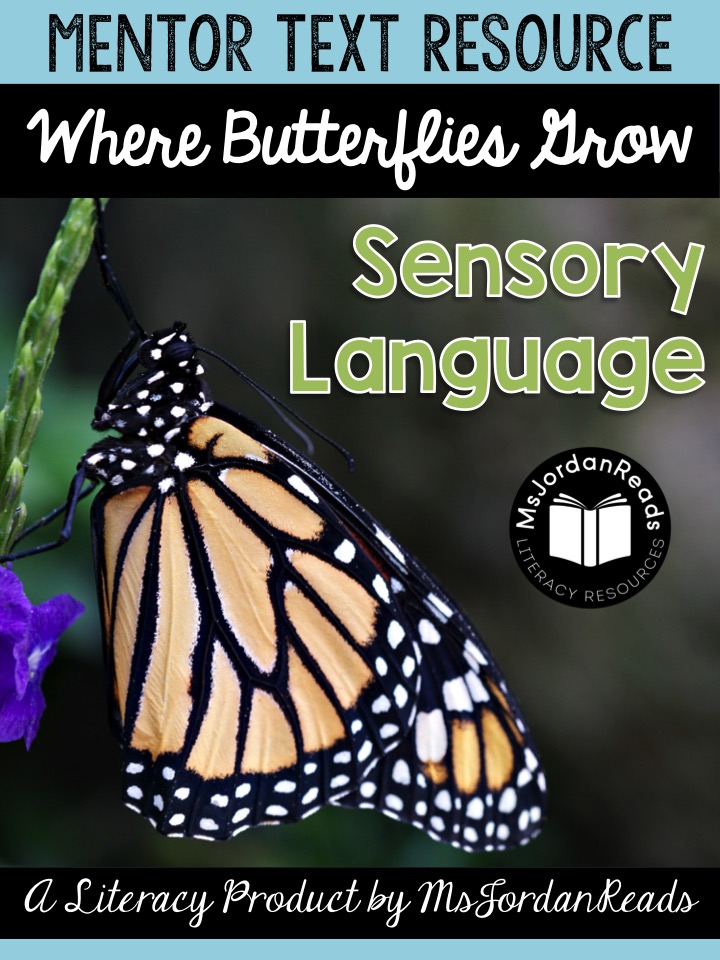


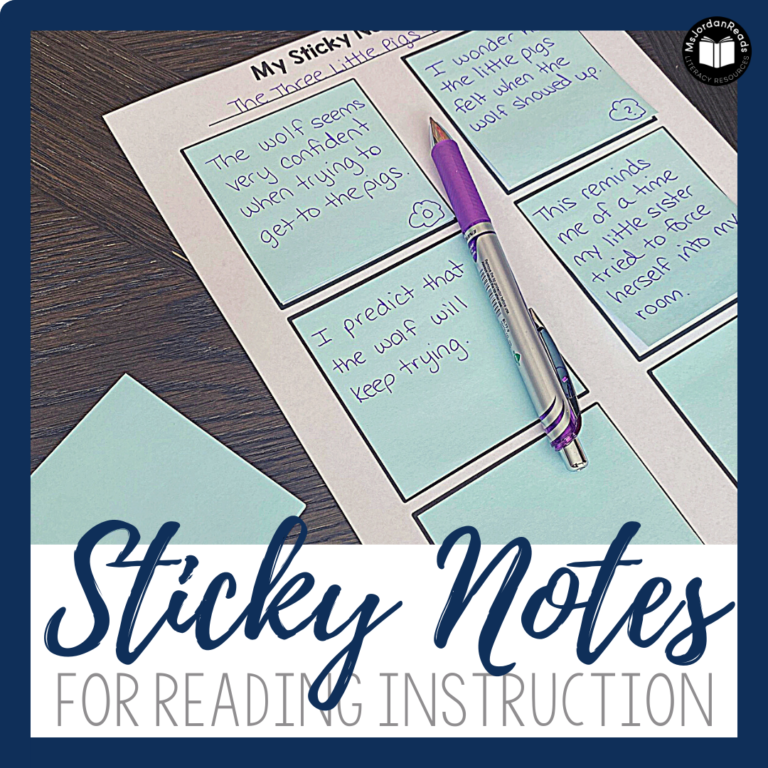
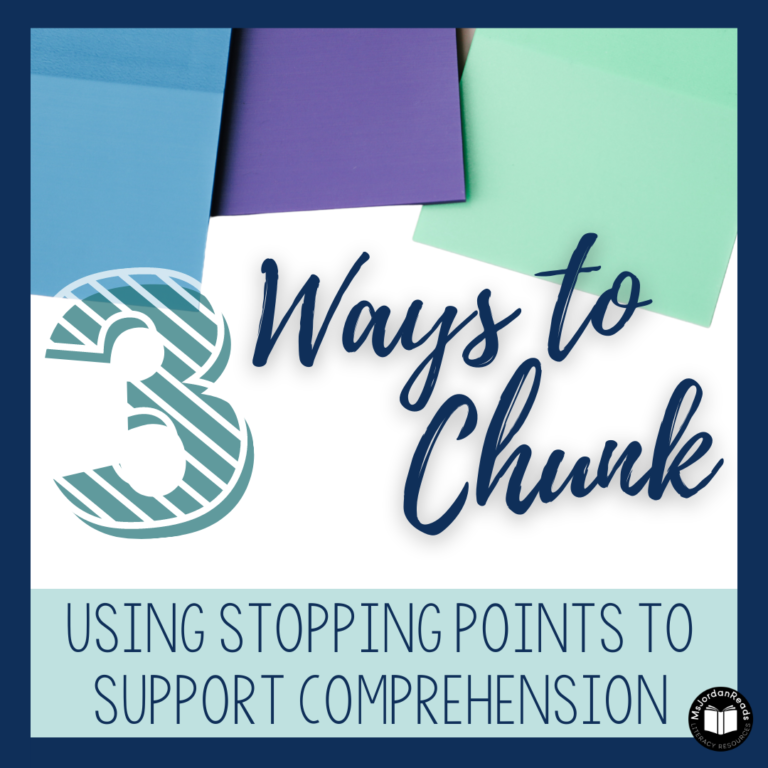
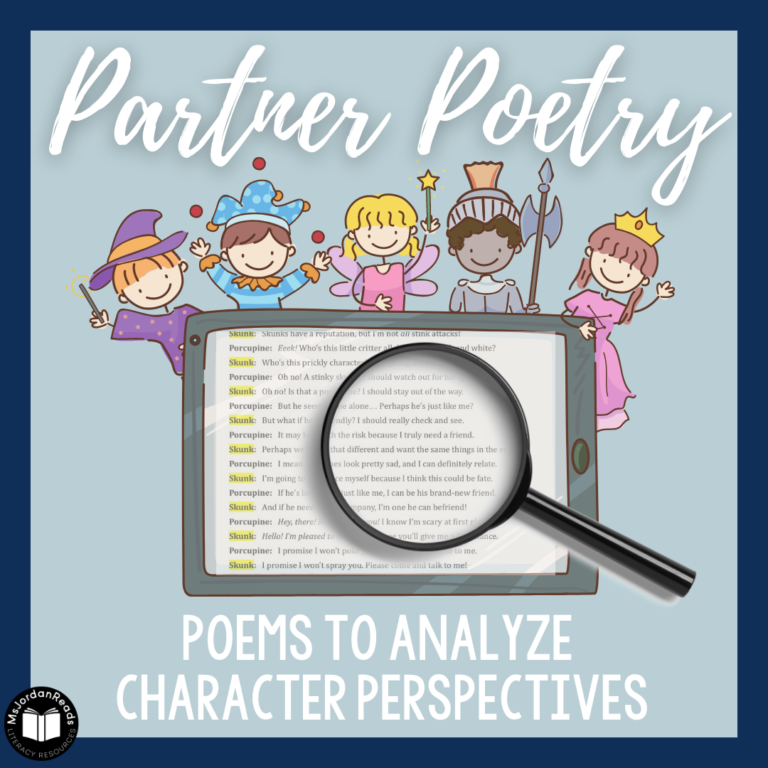

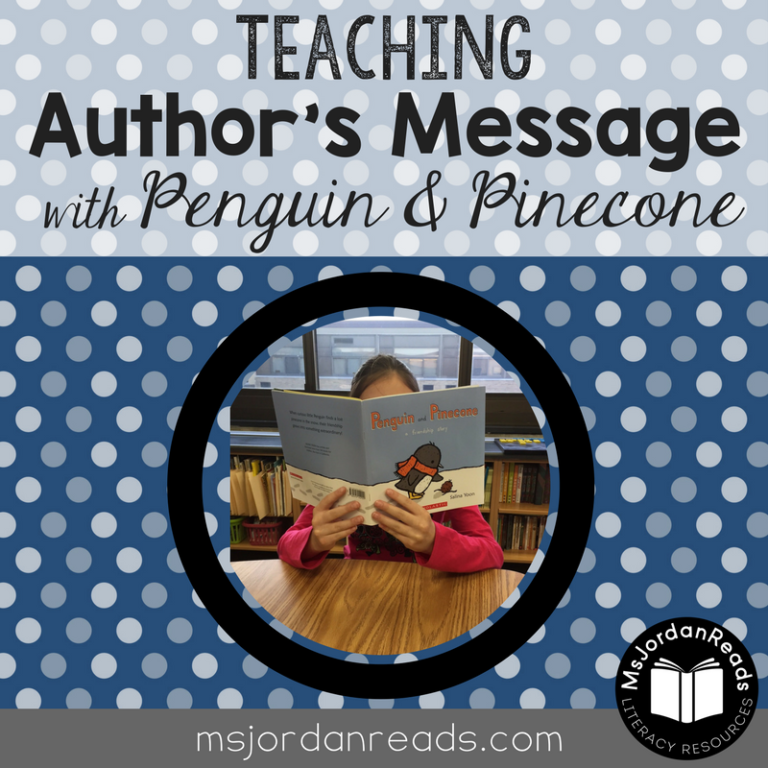
I wish I knew about this book when teaching life cycles! It would be such a great way to integrate science content with reading/language arts 🙂 I LOVE all of your activities for teaching sensory language…WOW! Thank you so much for all of your wonderful ideas.
Julie
The Techie Teacher
What a wonderful book to read as an introduction to life cycles. And, I love how you teach sensory language with this precious book. Many thanks for your detailed lesson.
Thank you for sharing these awesome resources. You’re right, my students really struggle with bring their writing to life by using sensory language. I really think this mentor text, and your activities will help them!
I love the resources that you shared! Sensory language can be a tricky topic to teach!
Your blog post is filled with so much GREAT INFORMATION– teaching students how to use sensory language can be a challenge but with your blog post and resources, I am ready to tackle it. Thank you.
Thanks for this excellent post with so many “hit the ground teaching” ideas. I’m ready to go in ready to teach this tomorrow.